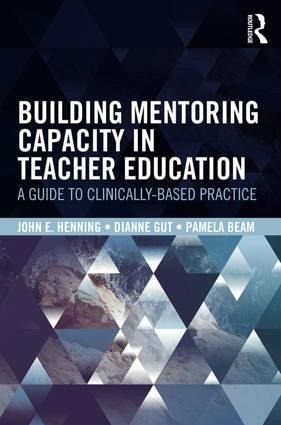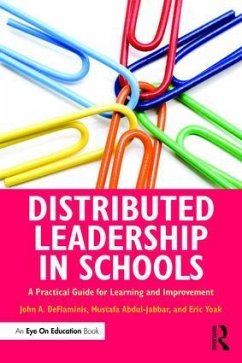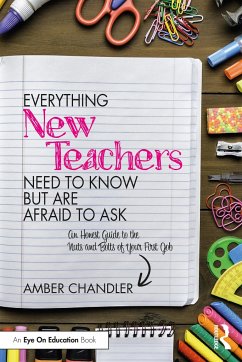
Building Mentoring Capacity in Teacher Education
A Guide to Clinically-Based Practice
Versandkostenfrei!
Versandfertig in 1-2 Wochen
54,99 €
inkl. MwSt.

PAYBACK Punkte
27 °P sammeln!
Veteran teacher educators outline a developmental approach for supporting mentees as they grow in their careers. Part I outlines key components of the mentoring process and Part II demonstrates how those strategies can support mentees at different stages. Included throughout are case studies, activities, and discussion questions.














